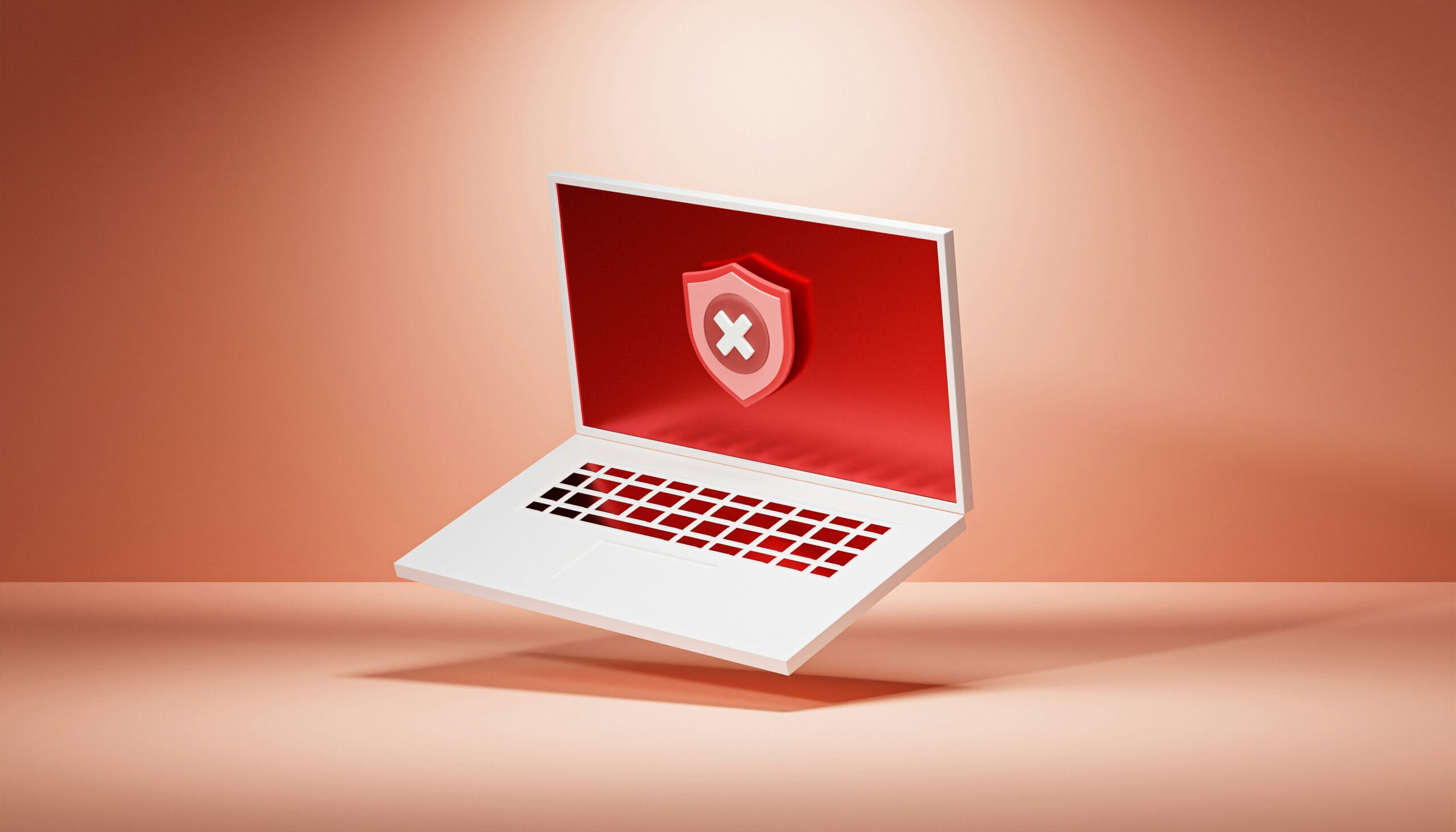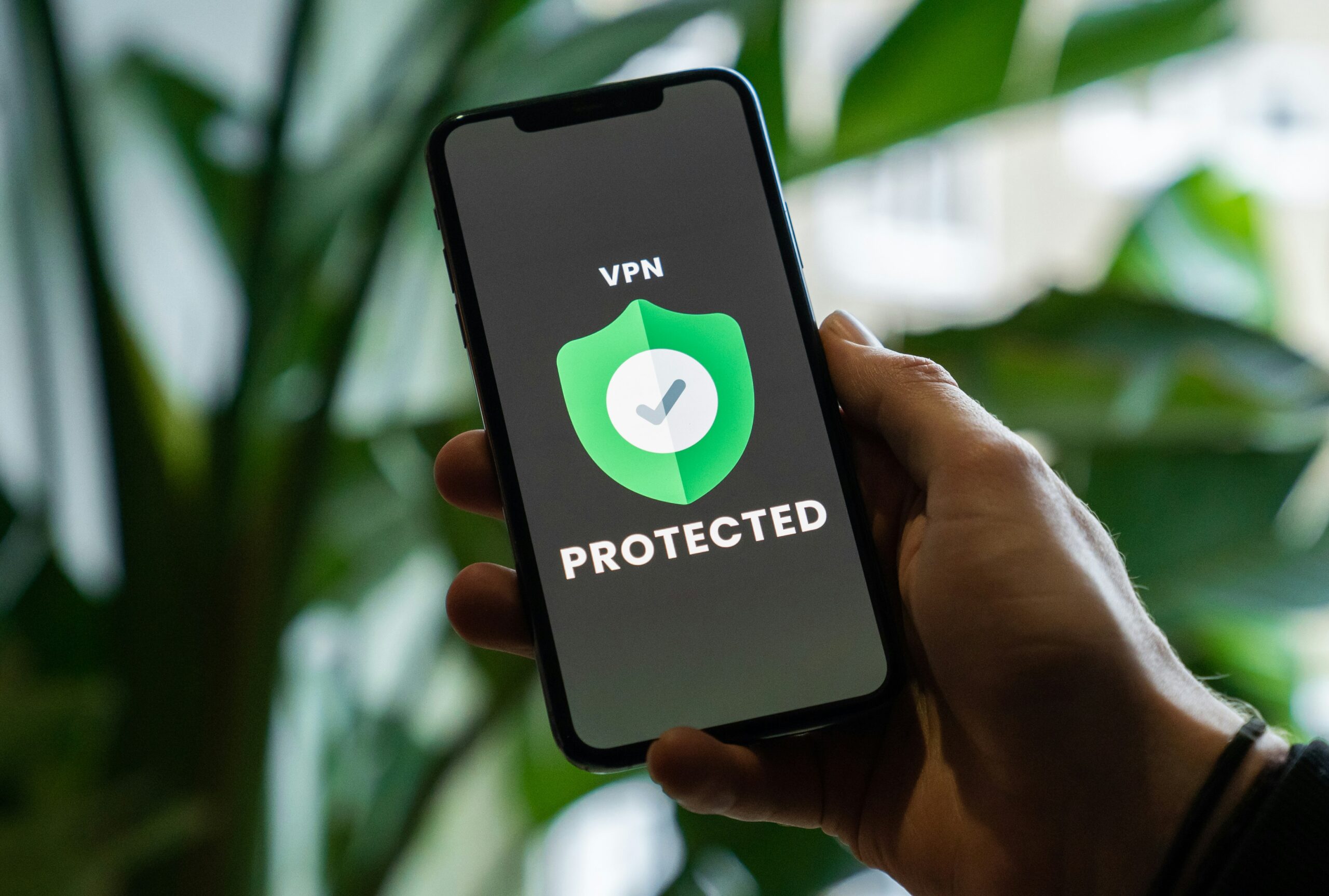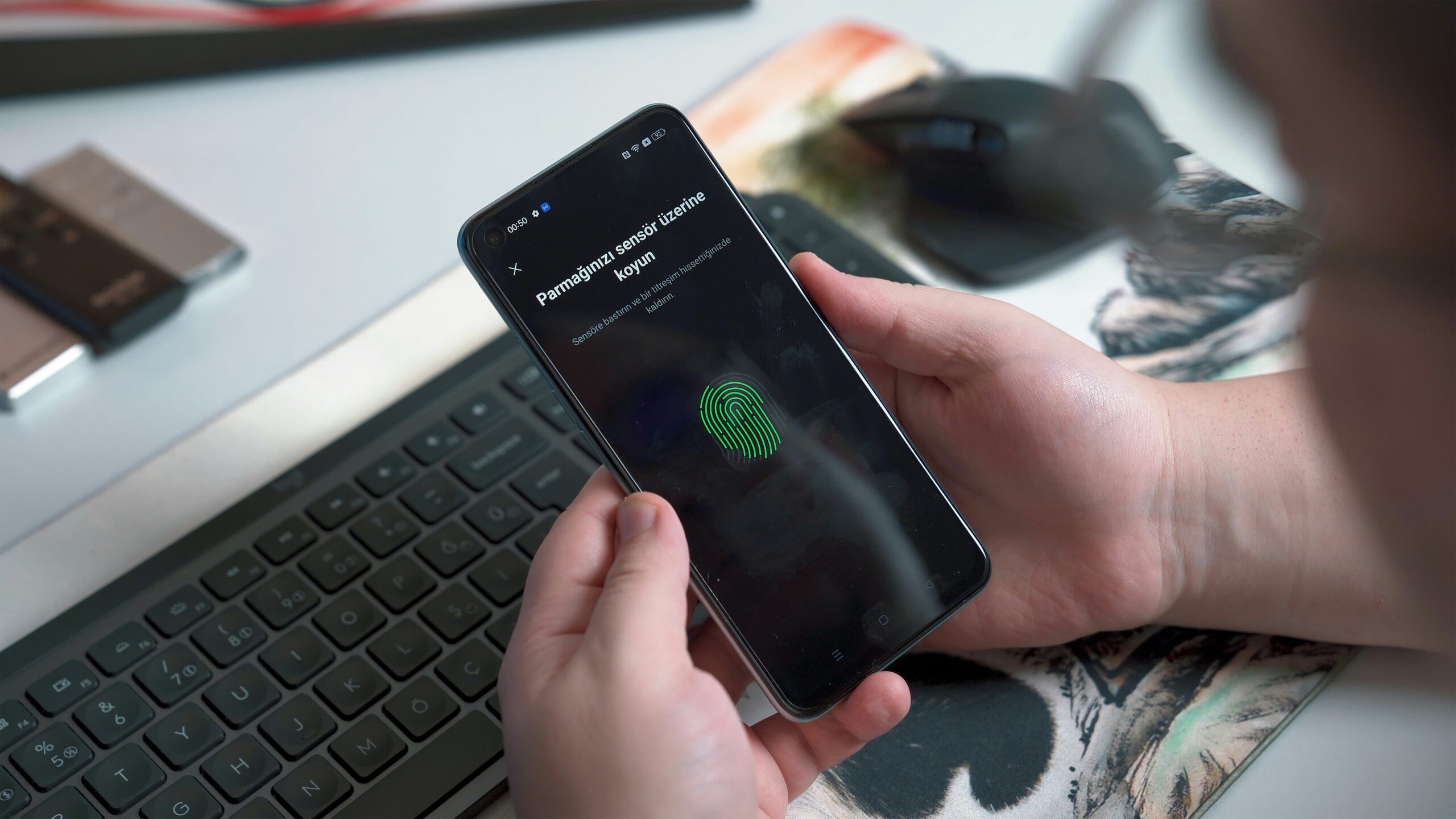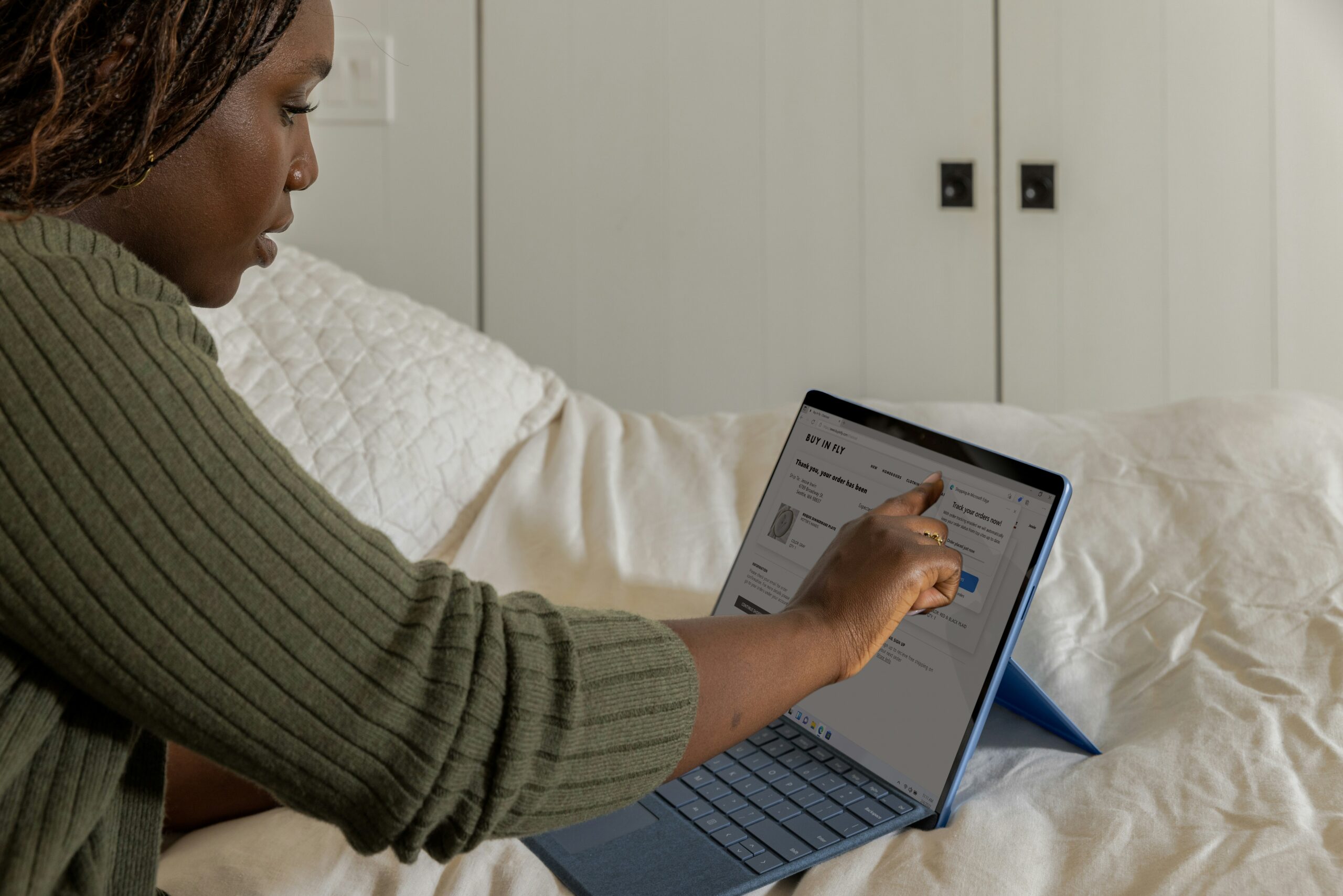The Top 10 Cyber Security Tips
Staying safe online is more important than ever. By implementing robust cyber security measures, you can protect your sensitive data and personal information. With the increasing sophistication of cyber threats, investing in cyber security is essential to mitigate the risk of financial loss, identity theft, and reputational damage.
In this blog, we will review the top 10 cyber security tips to keep you secure online. From password management to recognizing phishing attempts, our comprehensive guide will equip you with practical strategies to mitigate cyber threats effectively.

Building Strong Defenses
Tip 1: Creating Strong Passwords
The first cyber security tip is a basic, yet essential, one: use strong passwords. Practicing secure password management is fundamental to protecting your personal information from unauthorized access. A strong password typically consists of a combination of uppercase and lowercase letters, numbers, and special characters. It’s crucial to avoid using easily guessable information such as birthdates, names, or common words.
Additionally, refrain from reusing passwords across multiple accounts, as this increases the risk of a security breach. Consider utilizing password management tools to generate and securely store complex passwords for your various accounts. By implementing strong password management techniques, you can significantly reduce the likelihood of falling victim to cyber attacks and enhance the overall security of your online presence.
Tip 2: Multi-Factor Authentication
Another cyber security tip is to enable multi-factor authentication (MFA). Also known as two-factor authentication (2FA), MFA is a vital cyber security measure that enhances account security. With MFA, users are required to provide two or more forms of verification before gaining access to an account. This typically involves something the user knows (like a password) and something they have (such as a unique code sent to their phone). The primary benefit of 2FA is that even if an attacker manages to obtain a user’s password, they would still be unable to access the account without the additional verification method.
Enabling 2FA is relatively straightforward. Many online services and platforms offer built-in support for 2FA, allowing users to enable it within their account settings. To enable 2FA, users typically need to navigate to the security or privacy settings of their account, locate the option for multi-factor authentication, and follow the prompts to set it up. This often involves linking a mobile phone number or authentication app to the account, which will be used to generate or receive verification codes.
By enabling multi-factor authentication, users add an extra layer of protection to their accounts, reducing the risk of unauthorized access in the event of a compromised password.
Tip 3: Software Updates
Ensuring that your software is up to date is another crucial cyber security tip. Software updates often include patches and fixes for known vulnerabilities that cyber criminals may exploit to gain unauthorized access to your system. By keeping your software updated, you can effectively mitigate these risks and enhance the security of your devices.
Enabling automatic updates is a convenient way to ensure that your software stays current without requiring manual intervention. By enabling this feature, your system will regularly check for and install available updates in the background, reducing the likelihood of overlooking critical patches.
Regular software updates and patching are essential components of effective cyber security hygiene. By enabling automatic updates and staying vigilant about patching, you can minimize the risk of security breaches and ensure the continued protection of your digital assets.

Securing Your Devices and Networks
Tip 4: Use Security Software
Antivirus and anti-malware software play a crucial role in defending against cyber threats. These software solutions are designed to detect, prevent, and remove malicious software, such as viruses, worms, Trojans, and spyware, from infecting your devices. By regularly scanning your system for known threats and suspicious activity, antivirus and anti-malware software provide a layer of defense against cyber attacks.
One of the primary benefits of antivirus and anti-malware software is real-time protection. This means that the software actively monitors your system for any signs of malicious activity and intervenes immediately to prevent potential harm. This proactive approach helps to identify and neutralize threats before they can cause damage to your files, compromise your privacy, or disrupt your system’s functionality.
Furthermore, antivirus and anti-malware software often include additional features such as firewall protection, email scanning, and web browsing protection to further enhance your overall security posture. By leveraging these advanced capabilities, users can safeguard their devices against a wide range of cyber threats and enjoy peace of mind knowing that their digital assets are protected.
Investing in reliable antivirus and anti-malware software is an essential cyber security tip. With real-time protection and advanced features, these software solutions offer an effective means of combating evolving cyber threats and safeguarding your digital environment.
Tip 5: Secure Wi-Fi Network
Securing your Wi-Fi network is paramount to safeguarding your digital assets and sensitive information. A secure Wi-Fi network helps prevent unauthorized access and protects against potential cyber threats, such as eavesdropping or unauthorized data interception.
First, ensure your Wi-Fi router is protected with a strong password that is not easily guessable. Avoid using default passwords provided by the manufacturer, as these are often widely known and easily exploited by attackers. Instead, opt for a complex password that includes a combination of uppercase and lowercase letters, numbers, and special characters.
Second, enable WPA2 or WPA3 encryption on your Wi-Fi router to encrypt data transmitted between your devices and the router. Encryption scrambles the data, making it unreadable to anyone attempting to intercept it without the encryption key. WPA2 and WPA3 are the latest and most secure encryption protocols available for Wi-Fi networks, offering robust protection against unauthorized access.
Additionally, consider hiding your Wi-Fi network’s SSID (Service Set Identifier) to make it less visible to potential attackers. While hiding the SSID alone is not sufficient to secure your network, it can add an extra layer of obscurity and deter casual attackers. Finally, regularly updating your Wi-Fi router’s firmware is also essential to patch security vulnerabilities and ensure it remains protected against emerging threats. Most router manufacturers release firmware updates periodically to address known vulnerabilities and improve overall security.
With these cyber security tips, you can significantly enhance the security of your Wi-Fi network and mitigate the risk of unauthorized access or data breaches.
Tip 6: Secure Mobile Devices
Mobile device security is paramount in today’s digital landscape. One fundamental aspect of mobile device security is ensuring that your device’s operating system and applications are kept up to date with the latest security patches and updates. Regularly installing updates helps mitigate the risk of security vulnerabilities being exploited by cyber attackers.
Another crucial aspect of mobile device security is using strong authentication methods, such as biometric authentication (e.g., fingerprint or facial recognition) or PIN codes, to secure access to your device. Additionally, consider enabling device encryption to protect the data stored on your device in case it falls into the wrong hands.
Be cautious when downloading apps from third-party sources and only install apps from reputable app stores, such as the Apple App Store or Google Play Store. Before downloading an app, review its permissions and consider whether they are necessary for its functionality. Avoid granting unnecessary permissions that could compromise your privacy or security.
Furthermore, exercise caution when connecting to public Wi-Fi networks on your mobile device, as they may be vulnerable to eavesdropping and data interception by malicious actors. Consider using a virtual private network (VPN) to encrypt your internet traffic and protect your privacy while browsing on public Wi-Fi networks.
By implementing these mobile device security best practices, you can protect your personal information and data from cyber threats.

Practice Safe Online Behavior
Tip 7: Avoiding Phishing Attempts
Phishing is a common cyber attack method employed by malicious actors to trick individuals into divulging sensitive information or performing actions that compromise their security. These emails often appear legitimate and may impersonate trusted entities such as banks, government agencies, or reputable companies. To identify phishing attempts, we recommend using the SLAM method:
- Sender: Check the sender’s email address to ensure it matches the official domain of the organization they claim to represent. Be wary of email addresses that contain misspellings or unusual characters.
- Links: Hover your mouse cursor over any links in the email to preview the destination URL. Avoid clicking on links that redirect to suspicious or unfamiliar websites.
- Attachments: Exercise caution when opening email attachments, especially if they prompt you to enable macros or execute scripts. Malicious attachments can contain malware or ransomware that can infect your system.
- Message: Pay close attention to the content and tone of the email. Phishing emails often contain urgent requests, grammatical errors, or inconsistencies that can help identify them as fraudulent.
By following the SLAM method, you can effectively identify and avoid falling victim to phishing attempts. Additionally, it’s essential to remain vigilant and trust your instincts. If an email seems suspicious or requests sensitive information, verify its legitimacy by contacting the organization directly through official channels. Overall, it is important to follow this cyber security tip in order to protect your sensitive information and prevent fraud.
Tip 8: Monitor Accounts
Monitoring your accounts regularly is another crucial cyber security tip. By keeping a close eye on your bank statements, credit reports, and online accounts, you can quickly identify any suspicious activity or unauthorized transactions that may indicate a security breach. Regular account monitoring allows you to detect potential threats early and take prompt action to mitigate their impact.
One effective way to monitor your accounts is to set up alerts and notifications for unusual activity. Many banks and financial institutions offer customizable alert options that notify you of any significant changes to your account, such as large transactions, password changes, or login attempts from unfamiliar locations. By enabling these alerts, you can receive real-time notifications of suspicious activity and take immediate steps to secure your accounts.
In addition to monitoring your financial accounts, it’s essential to keep an eye on your online accounts and profiles across various platforms and services. Regularly review your privacy settings and security preferences to ensure they are configured to your liking and reflect your desired level of protection.
By staying vigilant and actively monitoring your accounts for any signs of unauthorized activity, you can effectively protect yourself against cyber threats and maintain control over your digital identity and assets.
Tip 9: Regular Data Backups
Regular data backups are a critical component of effective cyber security practices. Data backups involve creating copies of your important files and storing them securely in an alternate location, such as an external hard drive or cloud storage service. By maintaining up-to-date backups of your data, you can mitigate the risk of data loss due to cyber attacks, hardware failures, or other unforeseen events.
Having regular data backups enables you to restore your files and recover from potential data loss quickly and efficiently. In the event of a ransomware attack or system failure, you can restore your data from backups, minimizing downtime and mitigating the impact on your business operations.
To ensure the effectiveness of your data backup strategy, it’s essential to establish a regular backup schedule and adhere to it consistently. Determine which files and folders are essential to your business operations and prioritize them for backup. Consider utilizing automated backup solutions to streamline the process and ensure backups are performed regularly without manual intervention.
Furthermore, store your backups securely to prevent unauthorized access or tampering. If using cloud storage services, ensure data encryption and implement strong access controls to protect your backups from unauthorized access. For physical backups, store them in a secure location away from your primary workspace to mitigate the risk of theft, fire, or other disasters.
By implementing regular data backups as part of your cyber security strategy, you can effectively protect your valuable data and ensure business continuity in the face of cyber threats and other unforeseen events.
Tip 10: Social Media Security
Social media security is a crucial aspect of protecting your online presence. With the increasing prevalence of social media platforms, it’s essential to implement best practices to safeguard your personal information and privacy. One fundamental best practice is to carefully manage your privacy settings on social media platforms to control who can view your posts, photos, and personal information. Review your privacy settings regularly and adjust them to ensure they align with your preferences and comfort level.
Another important aspect of social media security is exercising caution when sharing personal information online. Avoid sharing sensitive information such as your address, phone number, or financial details on public platforms where they can be accessed by anyone. Be mindful of the information you share and consider the potential consequences of making it publicly available.
Additionally, be wary of friend requests or messages from unfamiliar individuals on social media platforms, as they may be attempts to gather personal information or initiate phishing attacks. Verify the identity of the sender before accepting friend requests or engaging in conversation, and avoid clicking on suspicious links or attachments.
By implementing these social media cyber security tips, you can protect your personal information and privacy while enjoying the benefits of social networking.
Frequently Asked Questions on Cyber Security Tips
What are some common cyber threats?
Common cyber threats include malware, phishing attacks, ransomware, denial-of-service (DoS) attacks, and data breaches. These threats can result in financial loss, reputational damage, and disruption to business operations.
What is malware and how can I protect my devices from it?
Malware is malicious software designed to infiltrate, damage, or steal information from your devices. To protect your devices from malware, install reputable antivirus and anti-malware software, avoid clicking on suspicious links or downloading files from untrusted sources, and keep your software and operating system updated with the latest security patches.
What should I do if my computer is infected with malware?
If your computer is infected with malware, disconnect it from the internet and run a full system scan using your antivirus software to remove the malicious software. Restore your system from a recent backup if necessary, and consider seeking assistance from a professional IT service provider, such as K3 Technology, to ensure thorough removal of the malware and restore your system’s security.
What is a firewall and why is it important for cyber security?
A firewall is a network security device that monitors and controls incoming and outgoing network traffic based on predetermined security rules. It acts as a barrier between your internal network and the internet, helping to prevent unauthorized access and protect against cyber attacks such as malware infections and hacking attempts.
Conclusion: Cyber Security Tips
Prioritizing cyber security tips is essential in today’s digital landscape due to the prevalence of cyber threats. By implementing the cyber security tips discussed in this blog, you can significantly reduce your risk of falling victim to cyber attacks and protect your sensitive information and digital assets from potential threats.
Remember to create strong and unique passwords, enable two-factor authentication (2FA), keep your software and devices updated, and remain vigilant against phishing attempts and other common cyber threats. Additionally, securing your Wi-Fi network, regularly backing up your data, monitoring your accounts for suspicious activity, practicing social media security best practices, and taking proactive measures to secure your mobile devices are crucial steps in maintaining robust cyber security defenses. By adopting a proactive approach to cyber security and staying informed about emerging threats and best practices, you can safeguard your digital environment.
At K3 Technology, we are committed to helping our clients navigate the complexities of cyber security and providing tailored solutions to address their unique needs and challenges. We encourage you to take the necessary steps to strengthen your cyber security posture and protect yourself and your organization from potential cyber threats.
Together, we can create a safer and more secure digital future.












